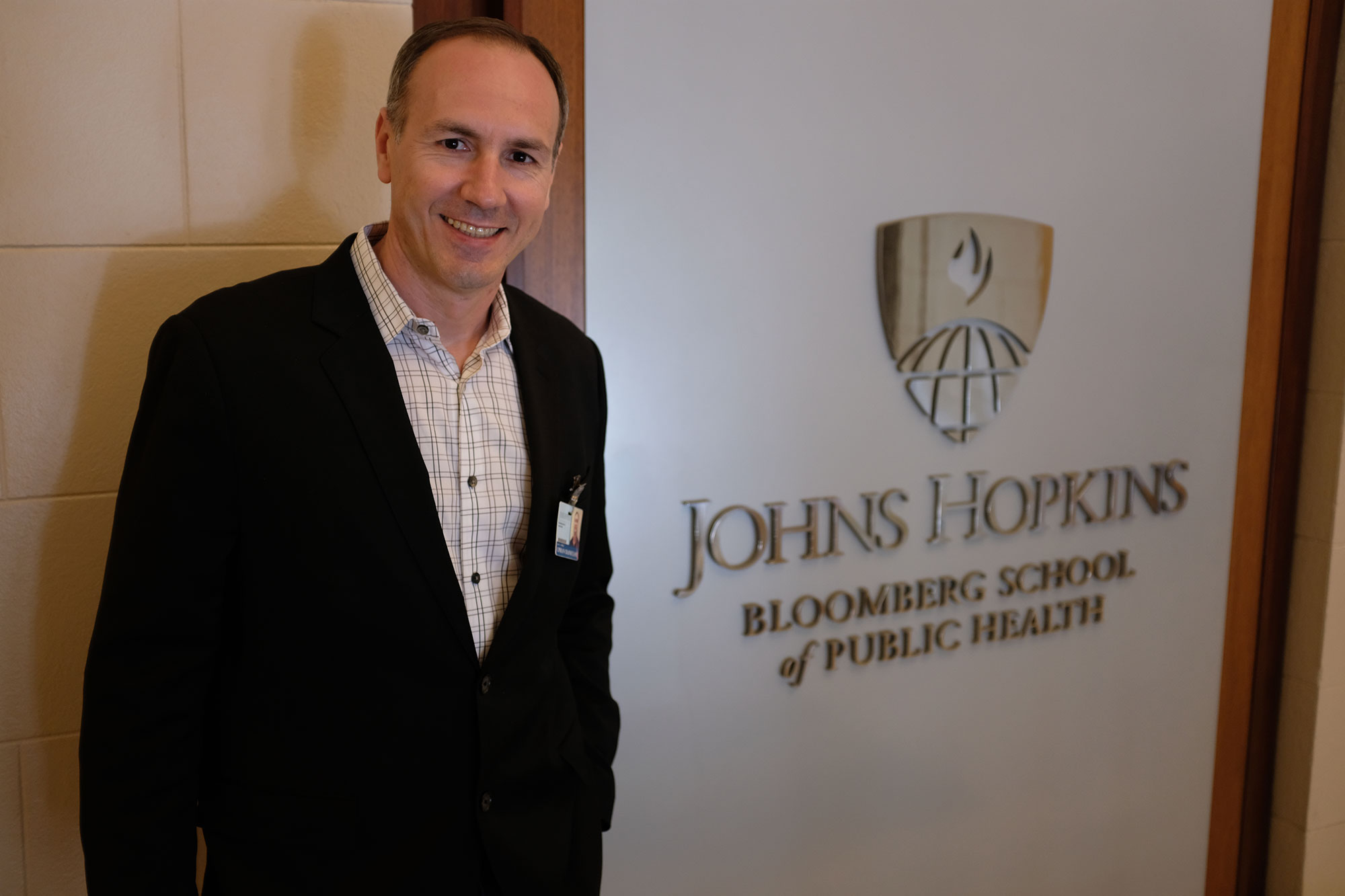
I have been teaching multiple courses spanning from the most advanced to the introductory courses. What I did not expect was just how much joy I take from teaching introductory courses and explaining seemingly easy, but practically hard concepts. For example, what is a random variable, a probability density function, or how should the central limit theorem be interpreted. Based on my experience in teaching at Hopkins Biostatistics I have published a book on Methods for Biostatistics in R, which provides a calculus- and R-based introduction to Biostatistical methods for master level students. The book is online only for the time being and is continuously updated. I also teach an online open course on Introduction to Neurohacking in R, which is dedicated to Neuroimaging using R. Recently, I have started to think about teaching via comprehensive mixed methods based on platforms for information organization. For example, our Neuroconductor platform is dedicated to organizing R packages that combine data, software, and vignettes. Given that the variety of applications and specialized methods this "pods" approach seems to be a reasonable structure for teaching in the future. Probably the most effective teaching approach is the combined, hands on, deep immersion that the research group is providing. I continue to improve this model that has produced highly successful students.